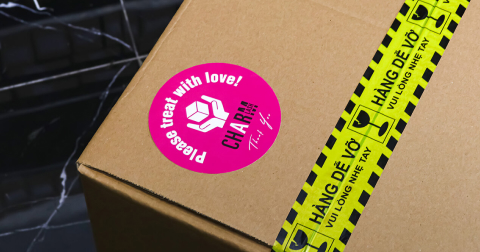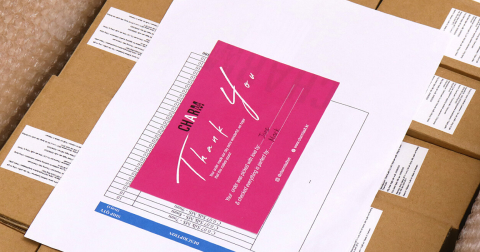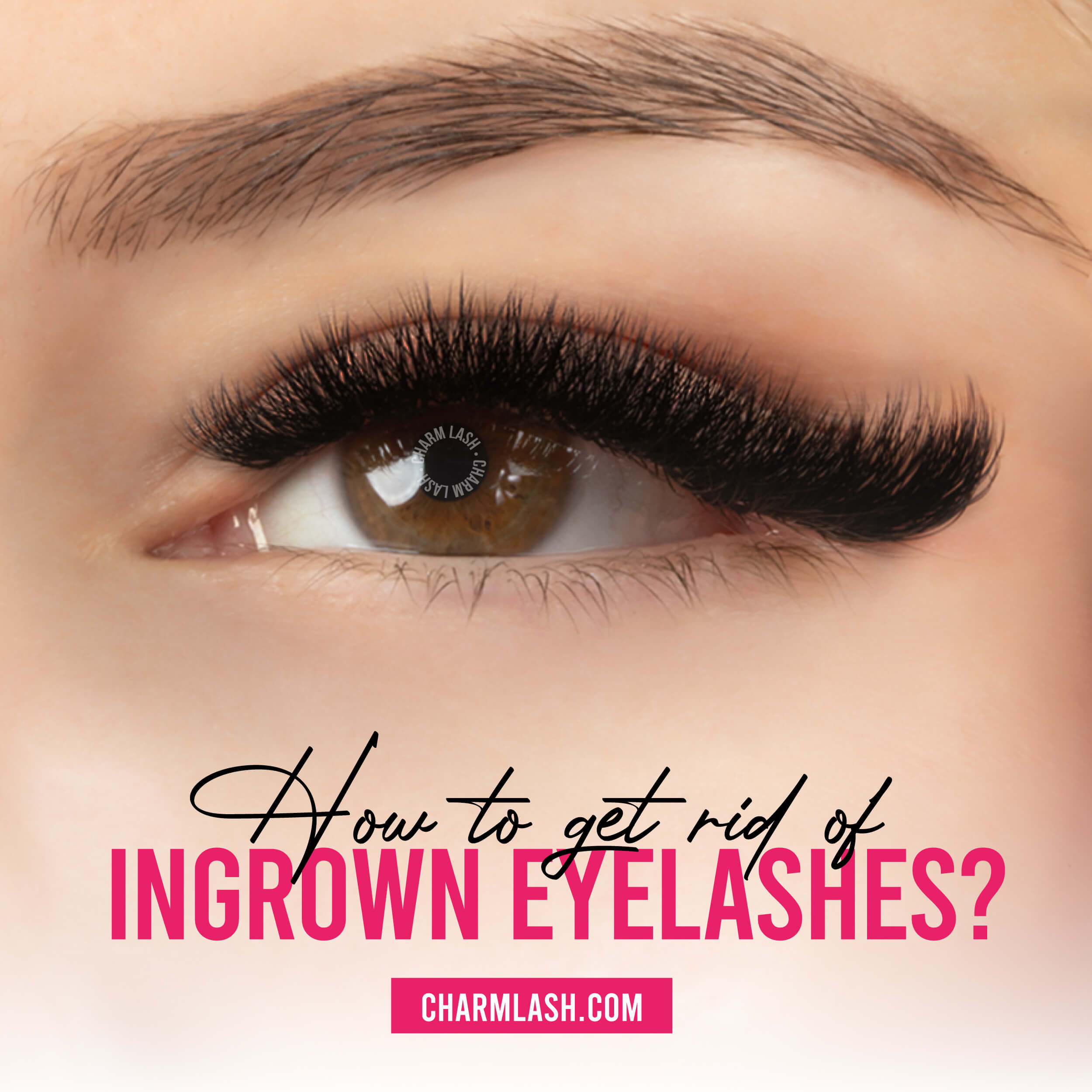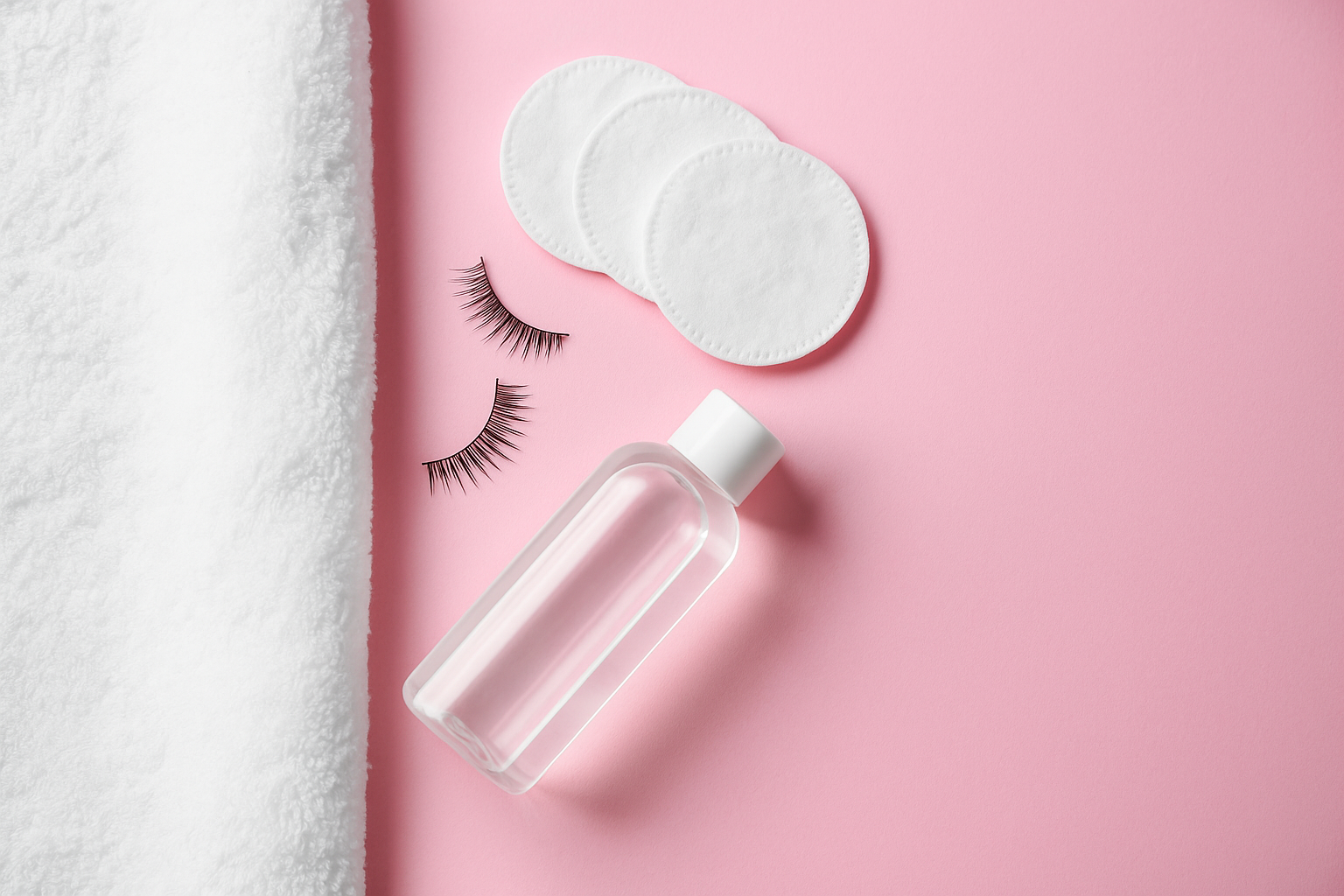Eyelashes are an essential part of your appearance and eye health. Not only do they frame your eyes and enhance facial expressions, but they also serve as a protective barrier against dust and debris. However, you may wonder, do lashes grow back if cut? Is lash regrowth possible and what affects it? In this comprehensive guide, we’ll explore everything about eyelash regrowth, including how lashes grow, factors that influence regrowth, and how to care for your lashes.
Can I cut my eyelashes?
Yes, you can! But before you do, it’s important to understand the potential reasons and proper techniques for cutting lashes.
There are various reasons why someone might consider shortening their eyelashes. For some individuals, shorter lashes feel more practical and comfortable, especially if their natural lashes are exceptionally long and cause a tickling sensation on the eyelids. People who wear glasses or contact lenses may also find that overly long lashes brush against their lenses or frames, creating an inconvenience or obstructing their vision.
How to cut your eyelashes safely?
If you decide to trim your eyelashes, it’s important to proceed carefully to avoid any mishaps. Whether you are trimming your natural lashes or false lashes, precision and safety are essential. Taking your time, working in a well-lit environment, and using the right tools can make the process seamless and worry-free.
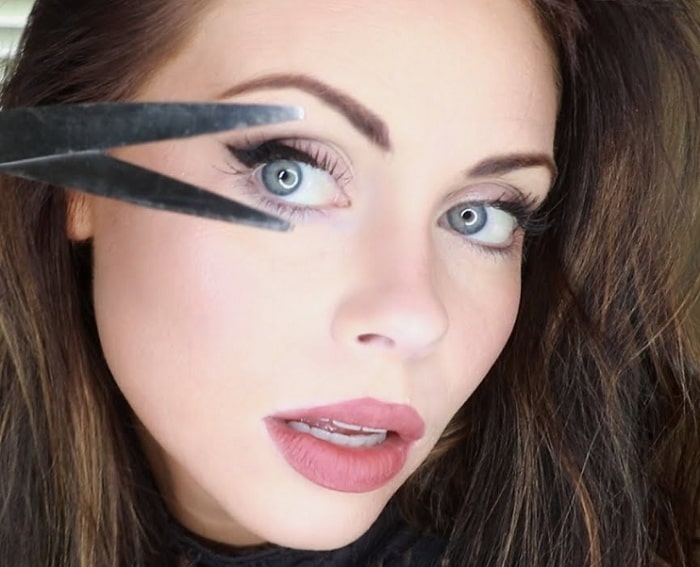
To trim natural eyelashes:
- Sit in front of a mirror where you have plenty of light, allowing you to clearly see each lash. A pair of small, sharp scissors is the only tool you need for this process.
- Carefully open your eyes wide and begin trimming your lashes, starting from the inner corner near your nose and working outward toward the corners of your eyes.
- As you move across, ensure each lash is cut evenly for a balanced look.
- Once complete, repeat the same process for the other eye, checking the mirror to ensure symmetry between both sets of lashes.
With a steady hand and patience, you can achieve neat and well-trimmed natural lashes that enhance your eyes.
Do lashes grow back if cut?
The question many ask is, do lashes grow back if cut? Fortunately, the answer is yes—eyelashes do regrow after being trimmed or cut, but the process requires patience as it can take some time.
How long do lashes grow back?
So how fast do lashes grow back and how long do lashes grow back if cut? To answer, this regrowth relies on the natural eyelash growth cycle, which occurs in three distinct phases: the anagen (growth) phase, the catagen (transition) phase, and the telogen (resting) phase.
- During the anagen phase, which lasts about 30 to 45 days, lashes are actively growing from the hair follicles. If you cut your eyelashes during this phase, the remaining lash will continue to grow until the phase concludes.
- The catagen phase follows, lasting around two to three weeks, and is when lashes stop growing but remain attached to the follicle. Lashes cut during this phase will not begin regrowth until the cycle resets.
- The final phase, telogen, can last several months, during which the lash remains dormant before shedding naturally to allow for new growth.
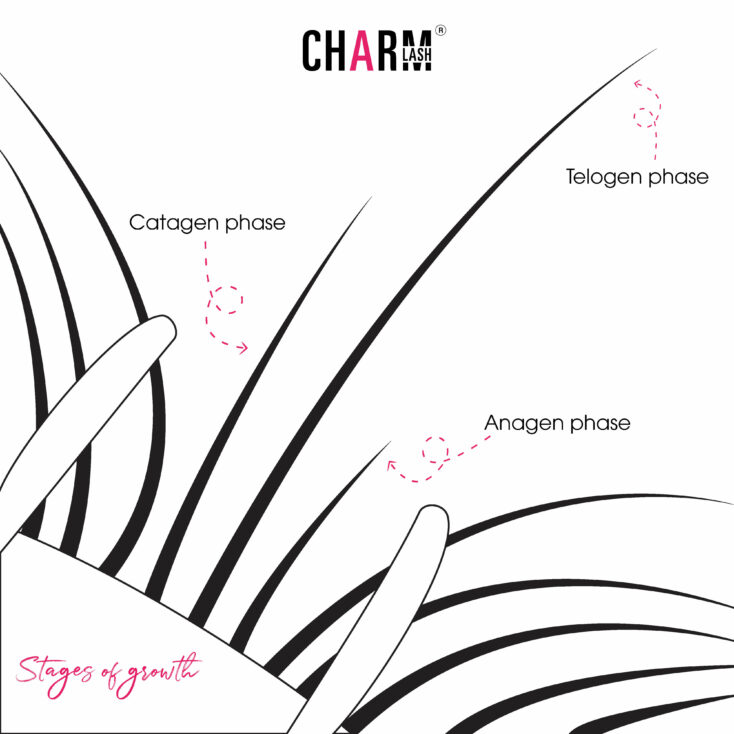
When you cut your lashes, it’s typically during the anagen phase. While these trimmed lashes will still grow, they might appear shorter than the rest of your lashes due to the timing within the growth phase. Additionally, the catagen and telogen phases might slightly extend, which can prolong the overall process of full regrowth. This means that while your lashes will grow back, achieving the same length and fullness as before may take a bit longer.
Factors that influence eyelash regrowth
1. Health of the hair follicle
The health of your hair follicles plays a critical role in the regrowth of your eyelashes. Each eyelash grows from its follicle, a small sac beneath the skin that nurtures the hair shaft. When follicles are damaged—whether by trauma, repeated pulling, or infection—they may struggle to produce new lashes. This can lead to slower regrowth or, in severe cases, permanent lash loss. Maintaining healthy follicles is vital for ongoing lash growth. Practices like avoiding harsh chemicals, cleansing your eyelids gently, and using nourishing serums can help preserve follicle health and encourage steady regrowth.
2. Overall health & Nutrition
Your body’s overall health and the quality of your nutrition significantly impact eyelash regrowth. A well-balanced diet that provides essential vitamins and minerals is a foundation for strong, healthy hair growth. Specific nutrients, such as biotin, iron, vitamin D, and zinc, are particularly effective in supporting the production of keratin, the protein that makes up your eyelashes.

Foods like eggs, nuts, spinach, and fish are excellent sources of these nutrients. Staying hydrated and incorporating protein-rich meals into your diet can further support lash recovery by maintaining hair strength and elasticity.
3. Age & Genetics
Age and genetic factors influence not only the natural length and density of your lashes but also how long do lashes grow back. Genetics determines how long the anagen (growth) phase of the lash cycle lasts, which impacts the potential length of your lashes.
As you age, the growth cycle may slow down, and hair production can become less efficient, leading to thinner, shorter lashes. While this process is natural, maintaining a healthy lifestyle and using lash serums designed for mature lashes can help counteract some of these effects.
4. Cosmetic products
The way you care for and enhance your eyelashes can directly affect their regrowth cycle. Overusing waterproof mascara, or failing to properly remove makeup can strain your natural lashes and weaken the follicles. Repeated tugging or exposure to adhesives can exacerbate lash loss and delay regrowth. To protect your lashes, opt for gentle makeup removers and avoid sleeping with mascara.
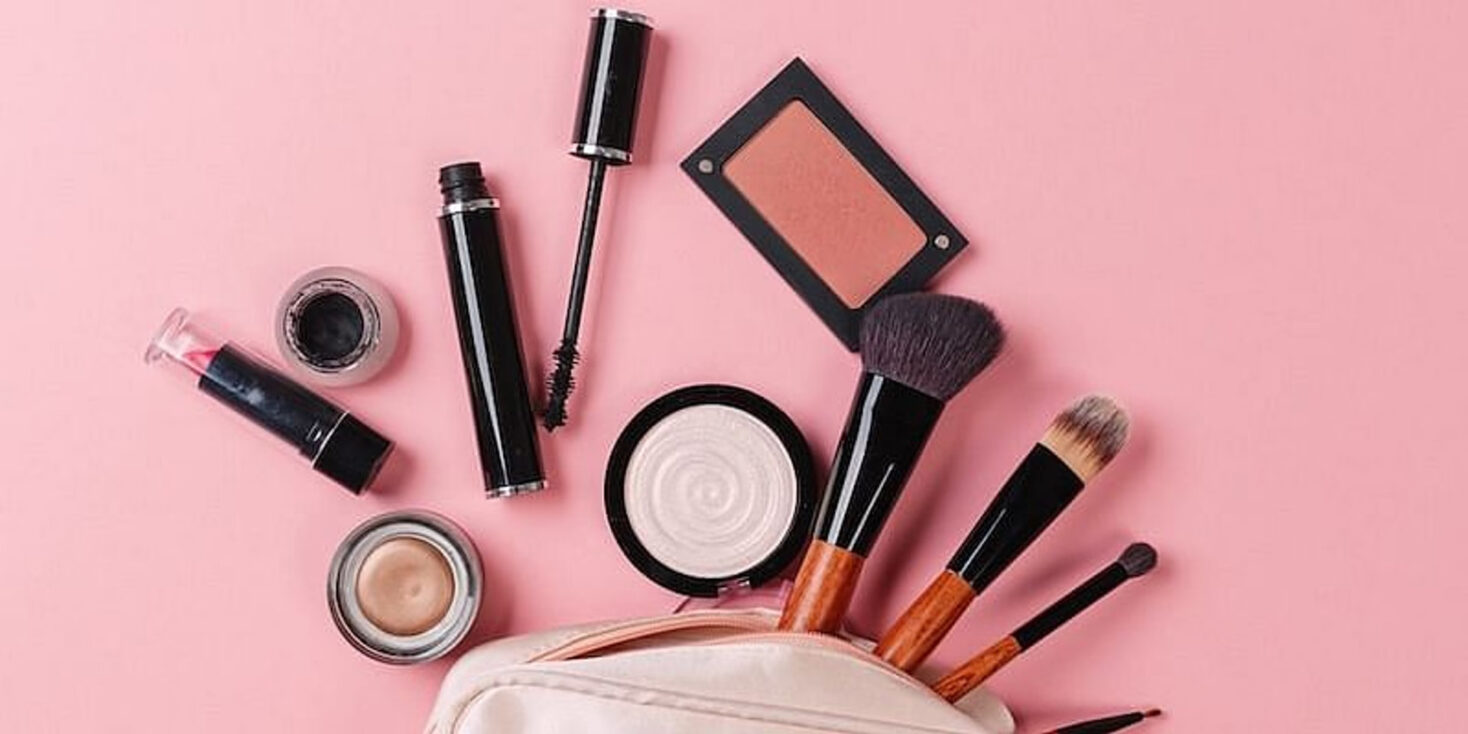
5. Medical conditions & Treatments
Certain medical conditions and treatments can disrupt the eyelash growth cycle. Alopecia, hypothyroidism, and undergoing chemotherapy are among the most common factors that can impair lash regrowth. These conditions often cause hair thinning or complete hair loss, including on the eyelids. Recovery may require targeted medical intervention, such as hormone therapy or prescribed treatments. If your lashes do not seem to regrow after addressing underlying health issues, consulting a dermatologist or trichologist can help determine the best course of action.
How do I get my lashes to grow back?
If you want to encourage lash regrowth after cutting them, here are some effective strategies:
- Maintain a balanced diet: Include foods rich in vitamins and minerals like biotin, iron, and protein. These nutrients support keratin production, essential for hair health.
- Use growth serums: FDA-approved products like bimatoprost (Latisse) can stimulate lash growth by prolonging the anagen phase. Consult with a dermatologist for recommendations.
- Keep lashes hydrated: Natural oils like castor oil and olive oil can condition lashes and improve their appearance. While not scientifically proven to speed regrowth, these oils may protect follicles from damage.
- Avoid harsh treatments: Limit the use of eyelash curlers, waterproof mascara, and adhesives, which can weaken lashes and harm follicles.
By understanding how lashes grow and adopting a consistent lash care routine, you can help your eyelashes recover and thrive after being cut. If regrowth appears unusually slow or you experience irritation, consult a dermatologist to rule out any underlying concerns.
FAQs: Common misconceptions about eyelash regrowth
There are several myths about lashes and their regrowth process. Let’s clarify a few:
1. Do cutting lashes makes them grow faster?
One persistent myth is that trimming your eyelashes will stimulate faster regrowth, much like cutting hair is believed to make it grow back thicker. This is not true for either hair or lashes.
Eyelash growth is determined by the natural lash cycle, and trimming a lash does not affect the follicle, which is the part of the body responsible for producing and growing hair. While a cut lash may continue to grow if it’s still in the anagen phase, the rate of growth remains unchanged.
Trimming lashes might create the illusion of healthier regrowth because damaged or split lash tips are removed, making them appear more uniform. However, this practice does not influence the speed or thickness of new lash growth. If healthier lashes are your goal, focus on maintaining the health of your follicles with good nutrition and proper care rather than relying on trimming.
2. Do lashes stop growing with age?
Another misconception is that eyelashes cease growing as you get older. While it’s true that the eyelash growth cycle can slow with age, it does not completely stop as long as the follicles remain healthy.

The rate of lash regrowth might decline, and lashes may appear thinner or more sparse due to natural aging processes, hormonal changes, or decreased production of keratin, the protein essential for hair health.
3. Do lashes grow back after being pulled out?
When it comes to the question “do lashes grow back if pulled out?” – Some believe that if an eyelash is pulled out, it won’t regrow. In reality, a healthy follicle will produce a new lash after the old one is shed, even if it was pulled out prematurely. However, repeatedly pulling out lashes can damage the follicle over time, potentially leading to permanent lash loss. Conditions like trichotillomania (compulsive hair pulling) can significantly harm lash health, and recovery may require medical intervention.
4. Can over-the-counter products guarantee faster lash growth?
While some lash serums and oils can improve the appearance and hydration of lashes, not all over-the-counter products can actively stimulate growth. Only FDA-approved treatments like Latisse are clinically proven to lengthen and thicken lashes by prolonging the growth phase. Be cautious of products that promise dramatic results without scientific backing, as they may not deliver or could irritate the eyes.
5. Do eyelashes grow back after lash extensions?
A common question that clients often ask is, “Do lashes grow back after lash extensions?” The idea that eyelash extensions can halt the natural growth of your lashes is a myth.
In reality, eyelash extensions do not prevent natural lashes from growing. Eyelash extensions themselves do not stop natural lash growth. When applied correctly by a skilled professional, extensions can be a safe and effective way to enhance your lashes without negatively affecting their growth cycle.
If extensions are applied improperly or removed too aggressively, they can potentially damage your natural lashes. This could lead to thinning or breakage, but with the right care, your natural lashes can thrive alongside your extensions.
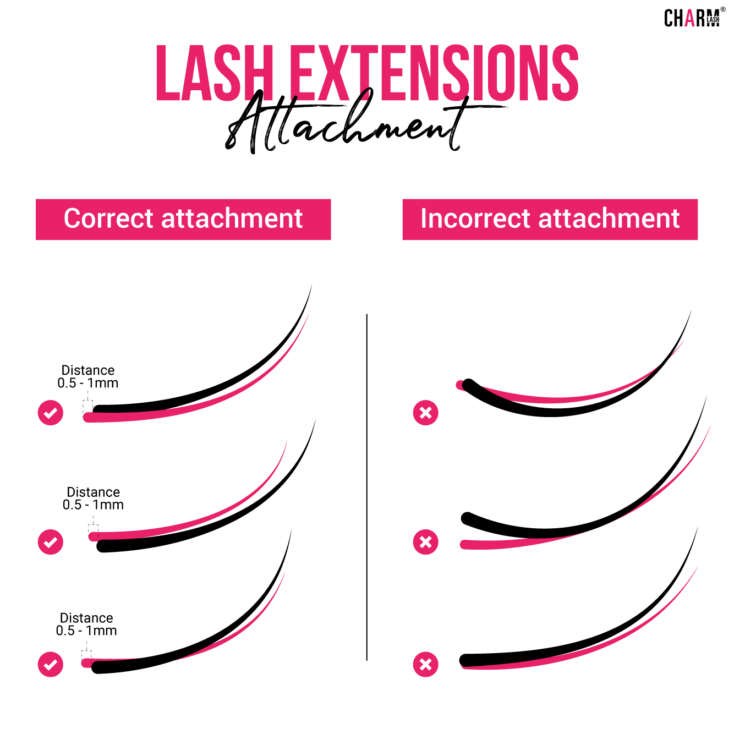
One of the best practices for lash health is to give your natural lashes time to recover between extensions. This helps prevent any stress on the lashes and allows them to regrow naturally.
6. Do damaged lashes grow back?
Damaged lashes can grow back, but the process depends on the severity of the damage and how well you care for your lashes during recovery.
- Minor Damage: If your lashes are only slightly damaged, such as from overuse of mascara or mild irritation, they usually grow back without any issues once the cause of the damage is removed. The cycle for lash regrowth typically takes about 6 to 8 weeks.
- Severe Damage: If the lashes are severely damaged, it could take longer for them to grow back. In some cases, the follicles may become weakened, affecting future lash growth. In this case, additional care or treatments might be required, such as using lash serums that promote healthy regrowth.
When to seek professional advice
While most cases of cut or lost eyelashes tend to resolve on their own, there are certain situations where it’s important to consult a healthcare provider. Seeking professional advice can help ensure that any underlying issues are properly addressed. Here are the key signs to watch out for:
- Lash loss is excessive or persistent.
- You notice irritation, redness, or swelling around the eyelid.
- There are signs of underlying medical conditions like hypothyroidism or alopecia.
- Infection or injury signs
- Scarring or unusual lash growth patterns
Seeking professional help early on can prevent minor lash issues from turning into bigger problems.
Conclusion
So, do lashes grow back if cut? Absolutely! The natural eyelash cycle ensures that trimmed lashes will regrow, provided the follicles remain healthy. While patience is key, you can support lash regrowth through proper care, a balanced diet, and effective lash products.
Remember, if you’re concerned about lash health or regrowth, professional advice is always a good idea. With the right approach, you’ll enjoy long, healthy lashes in no time!
Follow us on Instagram for more helpful lash tips!
MAYBE YOU WANT TO KNOW MORE:
6 proven ways to achieve longer and thicker eyelashes








